
Grantee Portfolio
Our support enables scientists to take intelligent risks. To defy the predominant expectations in their field. To go after their big ideas.
-
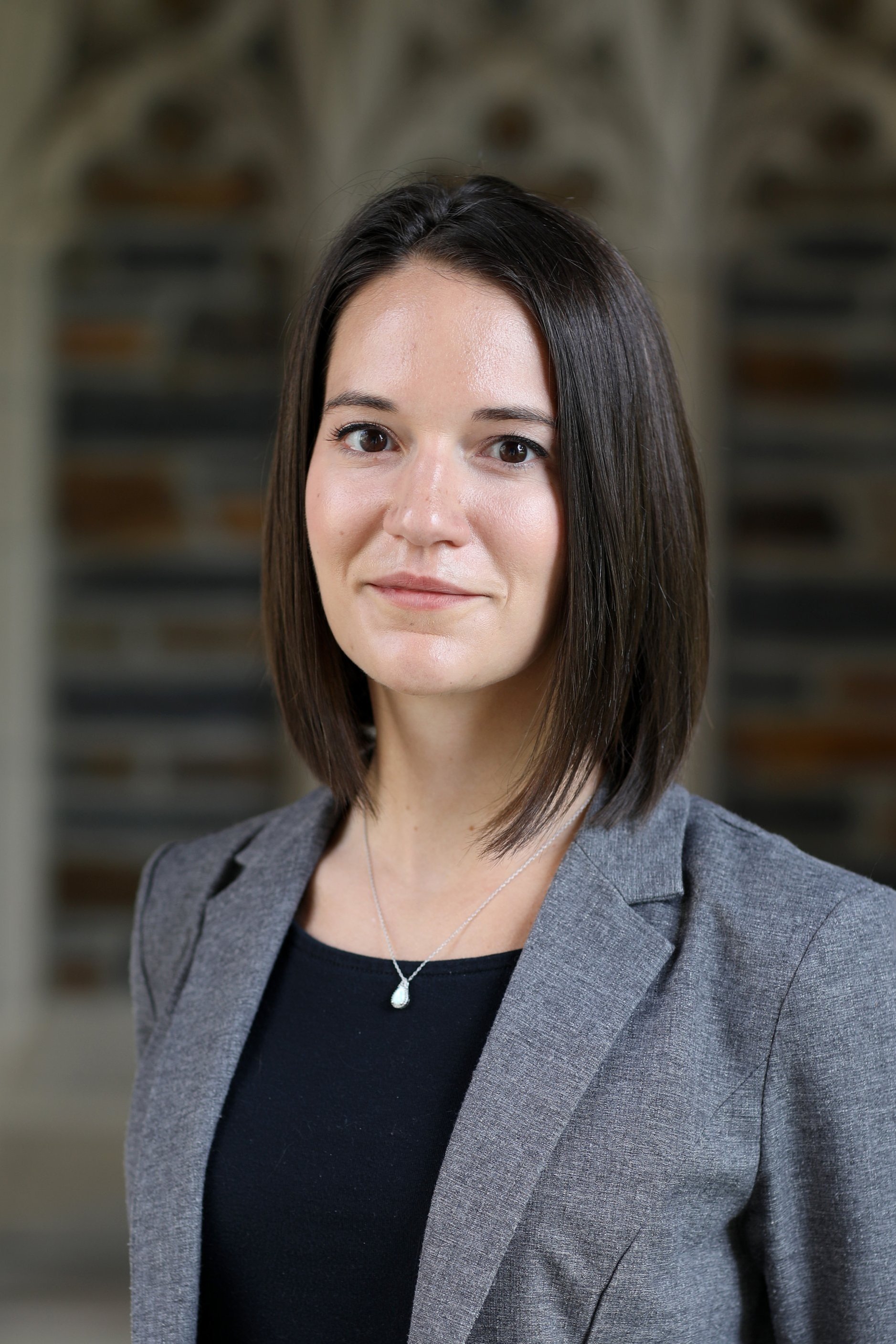
Emma Chory, Ph.D.
Duke University
Probing the Principles of Evolutionary Decision-making: Counter-Evolution of Protein Interactions via PRANCE
Why do protein interactions evolve along certain trajectories and not others? What underlying principles govern the evolution of protein-target specificity and promiscuity?
Scout note:
“This project is highly innovative and early-stage research which focuses on the science of protein evolution. If successful, Emma’s project will provide fundamental insights into the evolutionary process itself, which will have broad implications on a number of important fields.”
— Harmit Malik, Ph.D.
-
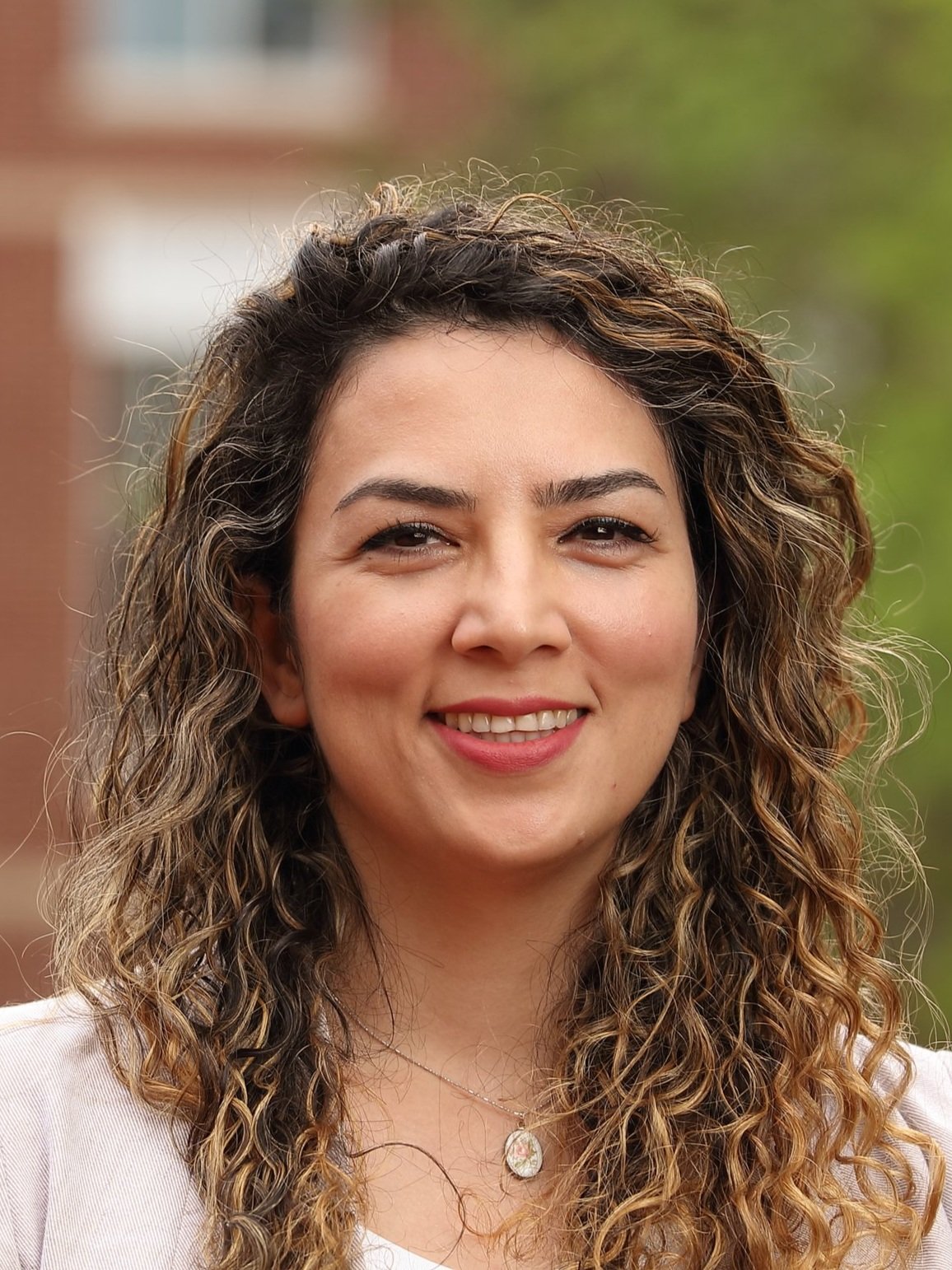
Sepideh Dolatshahi, Ph.D.
University of Virginia
Uncovering the Role of Maternal Stress as a Driver of Disparities in Newborn Cellular and Humoral Immunity
How does maternal stress affect immunity at the fetal-maternal interface?
Scout note:
“Dr. Dolatsahi’s multi-disciplinary approach will provide - for the first time - a glimpse of the biochemical wiring and immune pathways that drive placental and maternal health. This research has potential to catalyze critical discoveries with significant implications for the health of mothers and babies.”
— Mireille Kamariza Ph.D.
-
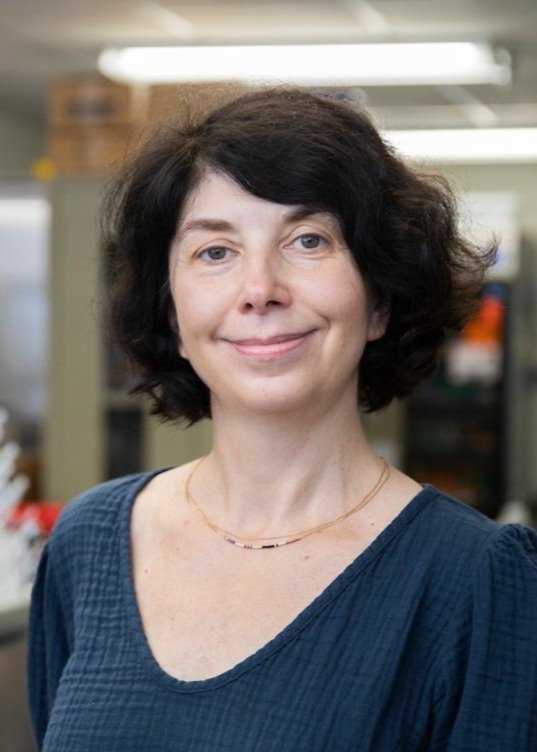
Natalia Korotkova, Ph.D.
University of Kentucky
Functional significance of extracytoplasmic intrinsically disordered regions in streptococci
What are the functions of glycosylated intrinsically disordered regions (regions without defined structure) of membrane proteins in streptococcal bacteria?
Scout note:
“Dr. Korotkova is seamlessly combining bacterial genetics and physiology with in-depth biochemistry to understand the regulatory mechanisms of intrinsically disordered regions in bacterial proteins - all while keeping an eye on the human pathogenic side of the organisms. Her project could reveal bacterial IDRs as a fruitful and important area of investigation, with especially broad ramifications on the field of microbiology.”
— Joseph Mougous, Ph.D.
-
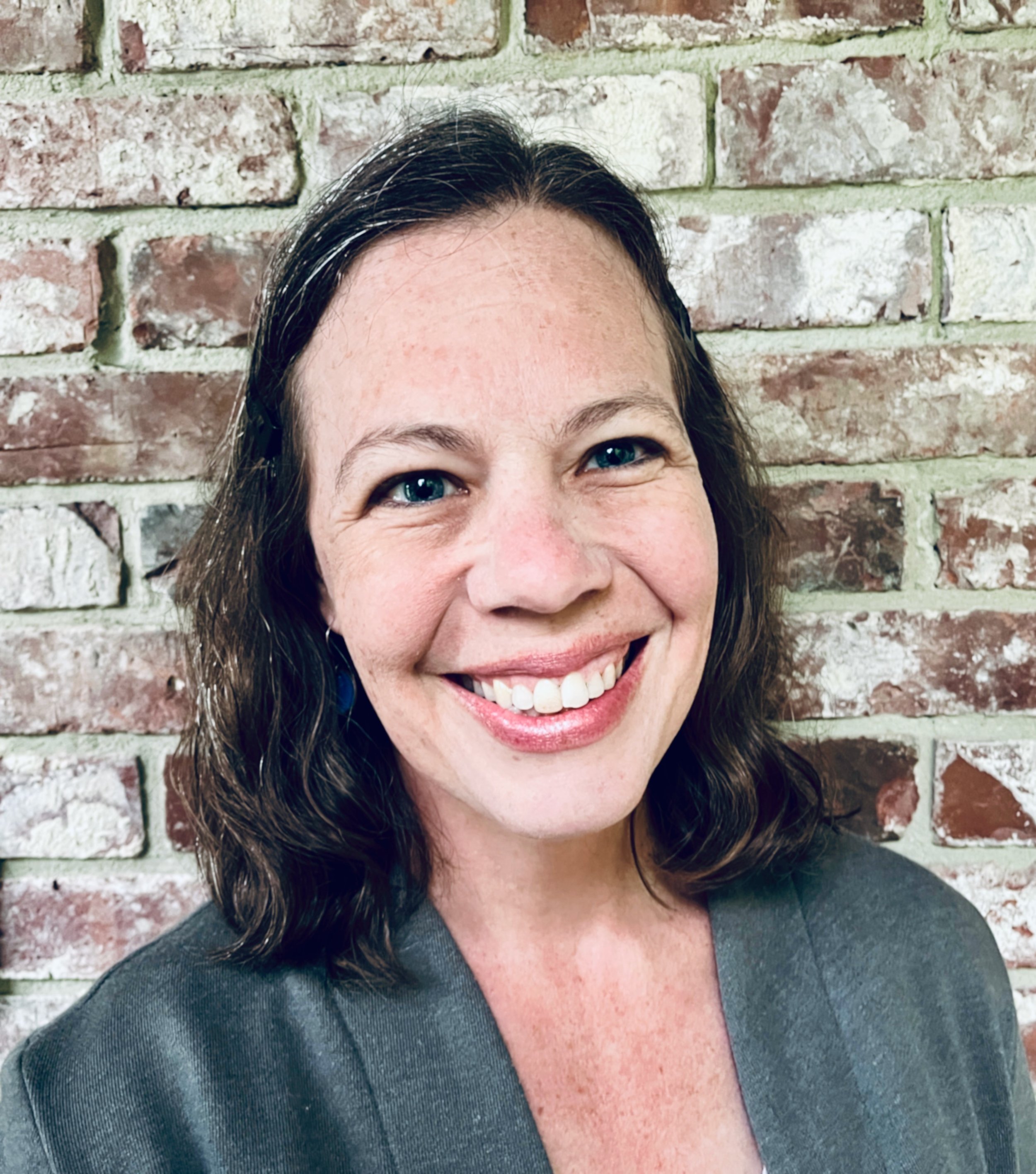
Meg Estapa, Ph.D.
University of Maine
Towards in situ bio-optical observations on ice-shrouded ocean worlds
How might the optical signatures of ocean microbes be used to detect life beneath the ice-covered seas of Jupiter and Saturn’s moons?
Scout note:
“Dr. Estapa is pursuing an exciting and innovative project that leverages what we have learned about the optical properties of life in the ocean to interrogate extraterrestrial oceans for signatures of a beating microbial ‘heart’. She is a creative and thoughtful scientist who thinks outside of the box, and her bold project has the potential to create a new discipline at the intersection of optical oceanography and planetary science.”
— Angelicque White, Ph.D.
-
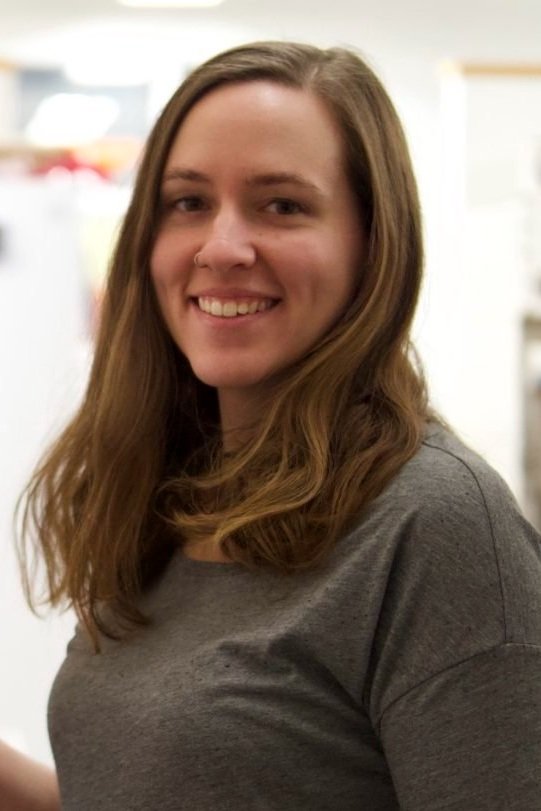
Courtney Ellison, Ph.D.
University of Georgia
Molecular dissection of collective cell behavior
How do bacterial cell components interact to regulate complex processes (such as collective behavior or antibiotic resistance)?
Scout note:
“Courtney’s bold project aims to tease apart the still unknown connections between pilus behavior and efflux pump biology in bacteria. What sets her project apart is her use of sophisticated techniques to address a challenging and basic question in bacterial cell biology. Her project should provide insights into the functional control over behavioral outputs that are important for virulence.”
— Devaki Bhaya, Ph.D.
-
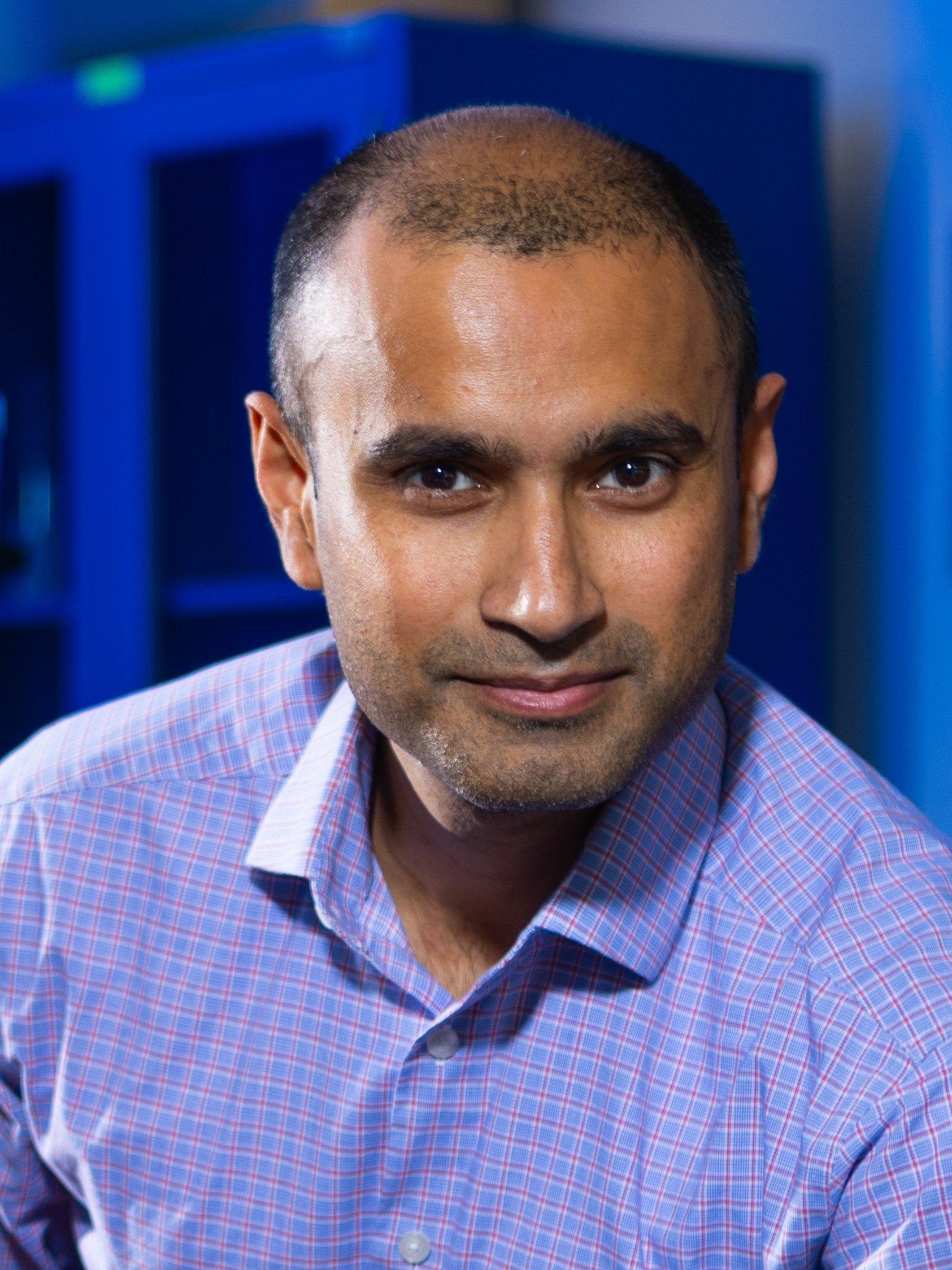
Priya Banerjee, Ph.D.
University at Buffalo
Liquid RNA Condensates as Programmable Scaffolds for Compartmentalization and CatalysisWhat are the biophysical rules for RNA condensate formation within cells, and what do they tell us about function?
Scout note:
“Dr. Banerjee’s project brings unique insights into the origin of life by understanding the biophysical properties and self-organization principles encoded into RNA molecules. His hypothesis is bold and innovative, and has the potential to answer conundrums in how life may have arisen with RNA, while also bringing insight to the development of more effective RNA-based interventions.”
— Taekjip Ha, Ph.D.
-

Florentine Rutaganira, Ph.D.
Stanford Medicine
Reconstructing the Emergence of Cancer at the Dawn of Multicellularity
What does early multicellular life teach us about the origins of cancer?
Scout note:
“Flora is using a nontraditional model system to understand the early origins of cancer-associated genes. What sets it apart is thinking about cancer as a process that may have a long evolutionary history. It is a bold conjecture and, if successful, her project could be a breakthrough in understanding cancer and cell proliferation control.”
— Devaki Bhaya, Ph.D.
-

Lars Dietrich, Ph.D.
Columbia University
Understanding how Pseudomonas aeruginosa uses R-bodies to kill phagocytic cells from the inside
How do certain pathogenic bacteria use protein-based 'javelins' to harm host cells?
Scout note:
“Lars’s project hypothesizes that P. aeruginosa uses an incredibly clever mechanism to evade the host immune system--one that, to my knowledge, has not been tested before. The approach is exciting and has a very good shot at succeeding. If the hypothesis is true, it would change the way we think about how to treat recalcitrant infections.”
— Dianne Newman, Ph.D.
-

Tania Rozario, Ph.D.
University of Georgia
Harnessing the power of transgenics to understand how tapeworms regenerate
Can we understand how tapeworm stem cells regulate growth and regeneration by manipulating their genomes?
Scout note:
“Establishing transgenesis in worms is challenging--some may even say risky. Tania’s intricate knowledge of worm development and unique approach will be key to unlocking this problem. Her project has potential to be transformative and open up new opportunities in the field of regeneration.”
— Ellen Yeh, M.D., Ph.D.
-
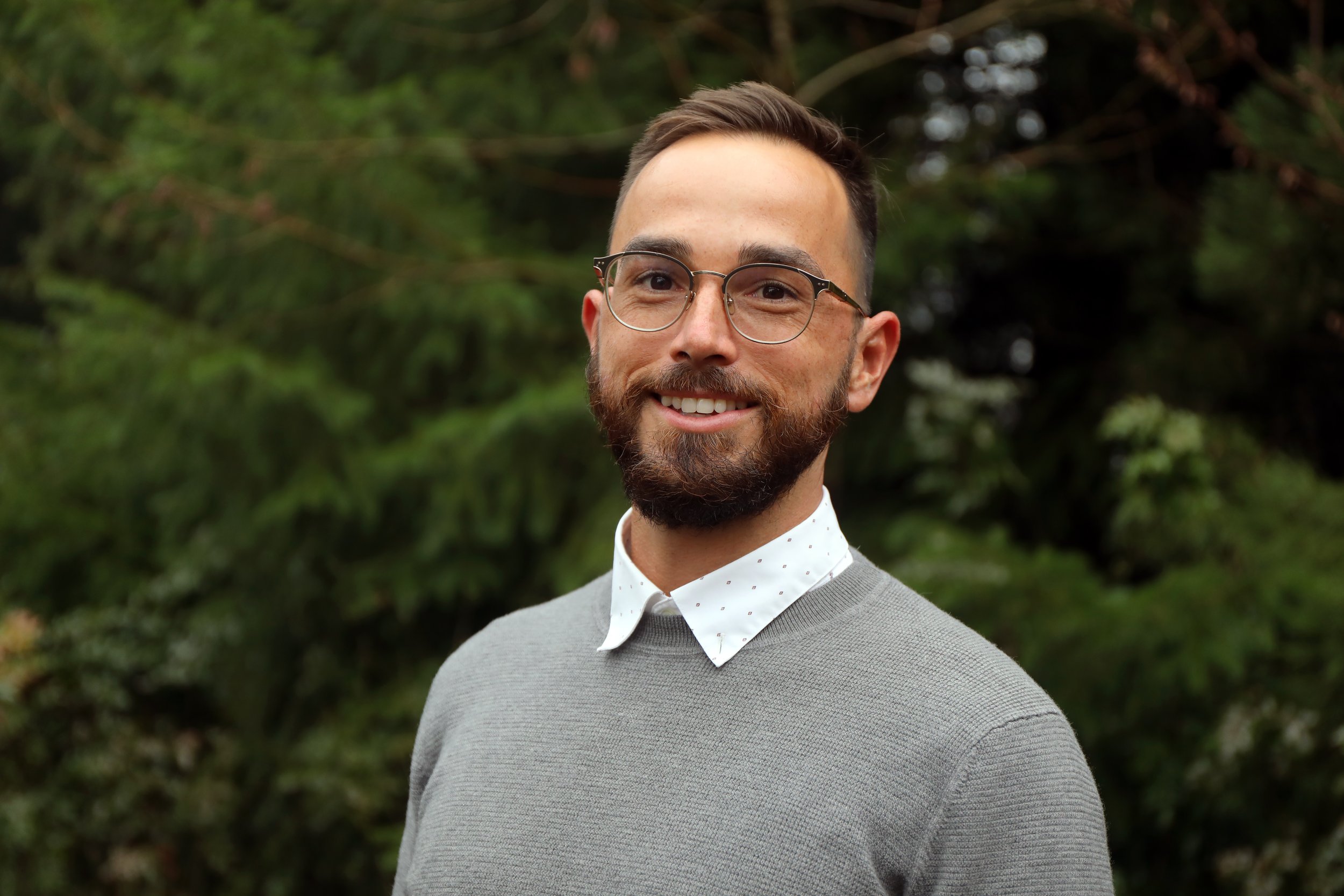
Brandon Wilder, Ph.D.
Oregon Health and Science University
Intracellular antibodies as a paradigm-shifting strategy
How do certain antibodies target pathogens - such as malaria - that are hiding within cells?
Scout note:
“Dr. Wilder’s study challenges the dogma that antibodies only function extracellularly to prevent infection by pathogens, such as malaria. The results of his project, if successful, will be paradigm-shifting and have high impact against a pathogen of global significance.”
— Wilton Williams, Ph.D.
-

Esther Borges Florsheim, Ph.D.
Arizona State Unversity
Exploring food toxins as novel mucosal adjuvants
How does the immune system sense and defend against dietary toxins?
Scout note:“Dr. Florsheim’s research hypothesis, if confirmed, would represent a paradigm shift in our understanding of innate immune recognition and food allergies. Understanding how the immune system distinguishes noxious toxins from harmless food, and how these different stimuli drive interactions between the immune and nervous systems will provide fundamental insight into how food allergies may be induced.”
— Gabriel Victora, Ph.D.
-

Liam Holt, Ph.D.
NYU Grossman School of Medicine
Determining how viruses impact the physical properties of the cell interior
How do viruses manipulate biophysical properties of cells to survive and replicate?Scout note:
“Dr. Holt’s project launches a new direction in his lab and could open an entirely new frontier into understanding how viruses manipulate cells. This project fits beautifully within the mission of the Hypothesis Fund and I am excited about the possibilities that remain to be discovered.”
— Harmit Malik, Ph.D
-
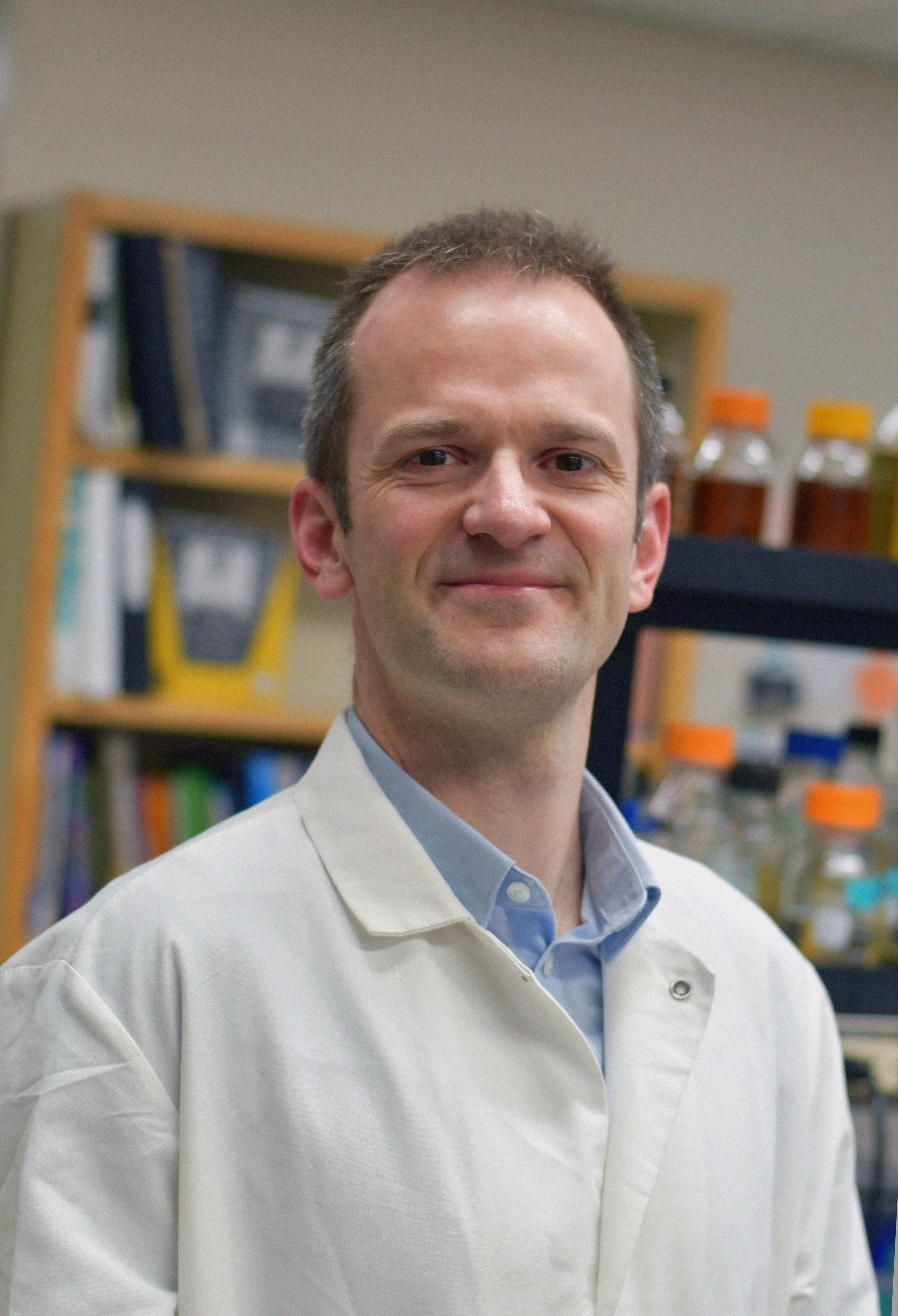
Paul Rowley, Ph.D.
University of Idaho
The Importance of Pore-Forming Toxins for the Virulence of Fungal Pathogens
Do certain toxins secreted by pathogenic yeasts enable them to evade the human immune system?Scout note:
“Dr. Rowley is embarking on an exciting new research direction with his project, which focuses on an important class of toxins discovered in his lab. The possibility that a common mechanism might underlie the virulence of two entirely different kingdoms of pathogens are both terribly exciting and very important to investigate.”
— Harmit Malik, Ph.D.
-
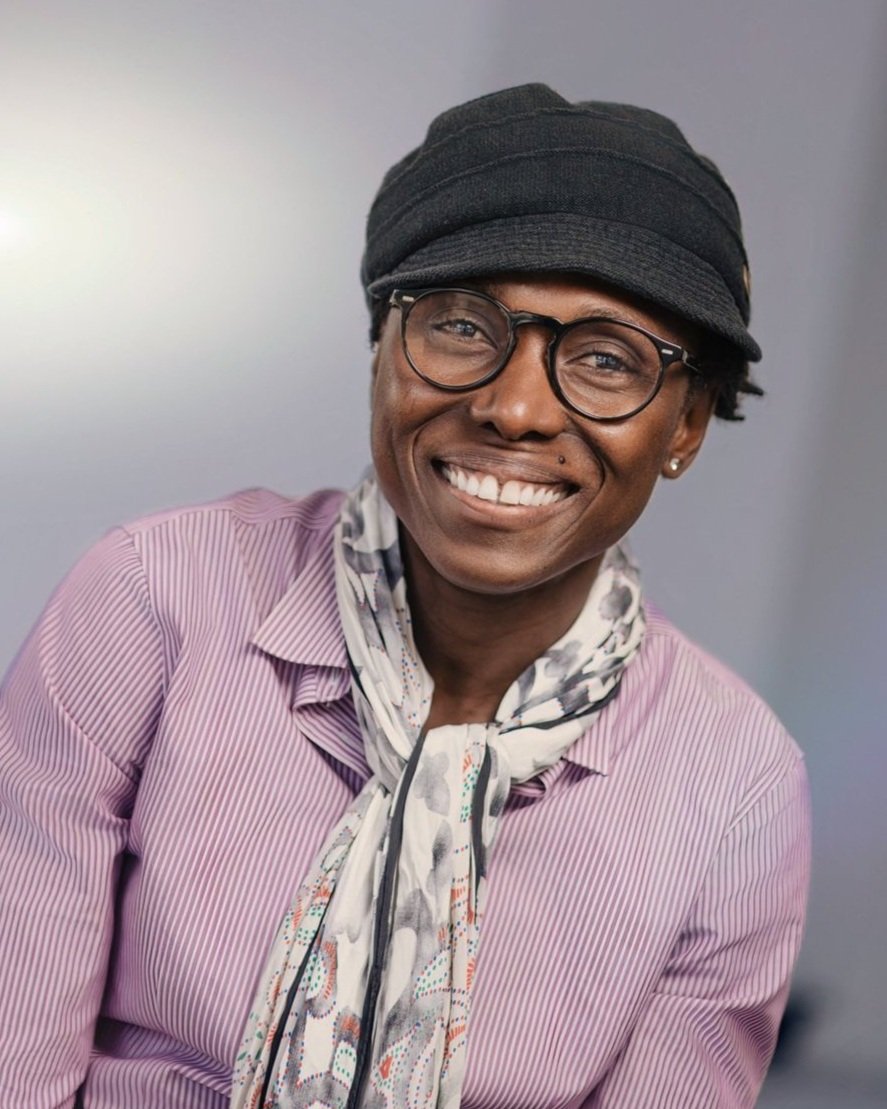
Eyiyemisi Damish, M.D.
Yale University
Neuronal mechanisms of statistical learning in humans
What can single neurons teach us about how the human brain recognizes patterns in repeating external stimuli (e.g. words and structure of language)?
Scout note:
“Yemi’s project seeks to understand the neurological basis of learning in the human brain directly from recordings of single cells; her rigorous computational approach and rare access to human recordings is thrilling. Her project has profound implications for understanding how neurons compute patterns and will have impact across theoretical and experimental human neuroscience.”
— Edward Chang, M.D.
-
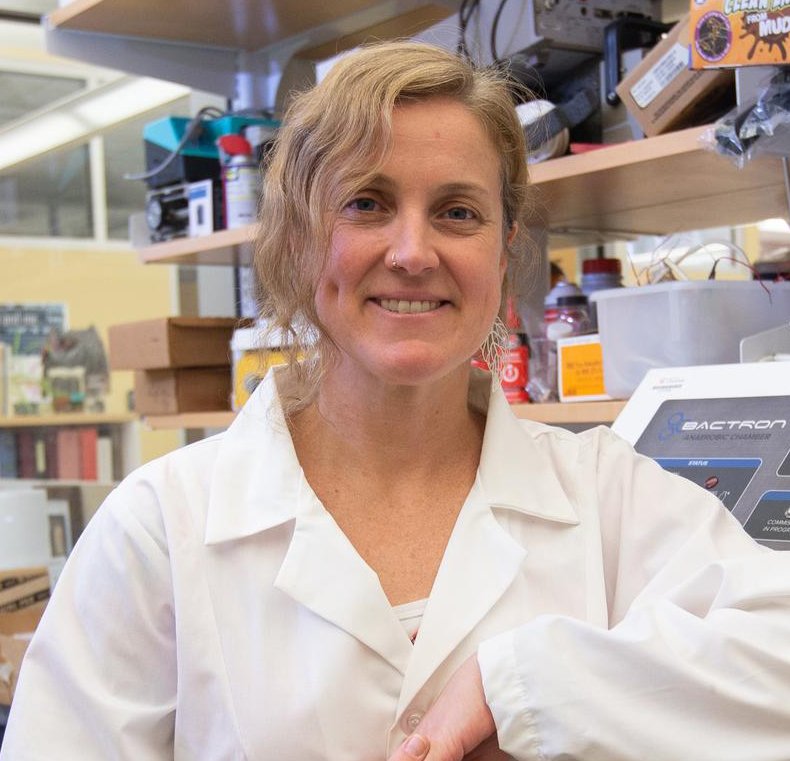
Annette Rowe, Ph.D.
University of Cincinnati
Identification of a novel mechanisms of extracellular electron uptake coupled to CO2 fixation in MethanosarcinaHow do certain microbes efficiently couple extracellular electron uptake from solid surfaces (electrodes) with CO2 fixation?
Scout note:
“Annie’s project has the potential to reveal how bioengineering of methanogens may promote greater efficiency in carbon capture. She is on the forefront of strategically utilizing select microbes for sustainability purposes, and this project will allow her to develop a genetic system in a non-traditional model organism--a critical step towards gaining mechanistic insights.”
— Dianne Newman, Ph.D.
-

Lydia Contreras, Ph.D.
University of Texas at Austin
RNA distress signals of air pollution toxicity that map to observable traits
How do some cells mitigate the stress of harmful airborne pollutants better than others?
Scout note:
“Very few scientists are known to have demonstrated the courage to deeply investigate and take a stand against structural and environmental threats to health. Dr. Contreras’ project is innovative and undeniably important for human health, and I am optimistic about the potential impact of this careful science on social justice and environmental policies.”
— Karmella Haynes, Ph.D.
-

Timothy O'Sullivan, Ph.D.
University of California, Los Angeles
Predicting Primary Immune Deficiencies in Innate ImmunityCan CRISPR techniques improve our understanding of primary human immune cell function to enable the prediction of new immune deficiencies?
Scout note:
“Dr. O’Sullivan’s project takes a fundamentally different approach to doing science—it tackles primary immune deficiencies by embracing their rarity and diversity to uncover new insights. His research has potential to reveal foundational knowledge of immune cell biology, and lead to a transformative method of predicting and correcting primary immune deficiency.”
— Elaine Hsiao, Ph.D.
-

Michaëlle Mayalu, Ph.D.
Stanford Univeristy
A control theoretic framework to model diet induced gut-microbial modulation of cutaneous function
Can control theory and mathematical modeling identify gut microbiome and skin interactions that contribute to coexisting inflammatory diseases?
Scout note:
"Dr. Mayalu is taking a completely different approach to studying host-microbial interactions — one that brings new perspectives from the fields of control theory, computation, and dynamical systems. Her approach is not only bold and novel, but understanding the more fundamental concepts are so necessary in the microbiome field right now."
— Elaine Hsiao, Ph.D.
-

Arne Rietsch, Ph.D.
Case Western Reserve University
Characterization of a bacteriophage that attacks Pseudomonas aeruginosa biofilms
How do bacteriophage exploit exopolysaccharide to target bacteria that are enmeshed in a biofilm?
Scout note:
“Dr. Rietsch’s project has the potential to change how we think about treating infections that involve biofilms. I’m very excited about this project because it is a new research direction for Dr. Rietsch, and is a testament to going beyond your comfort zone in order to chase down an interesting lead.”
— Joseph Mougous, Ph.D.
-
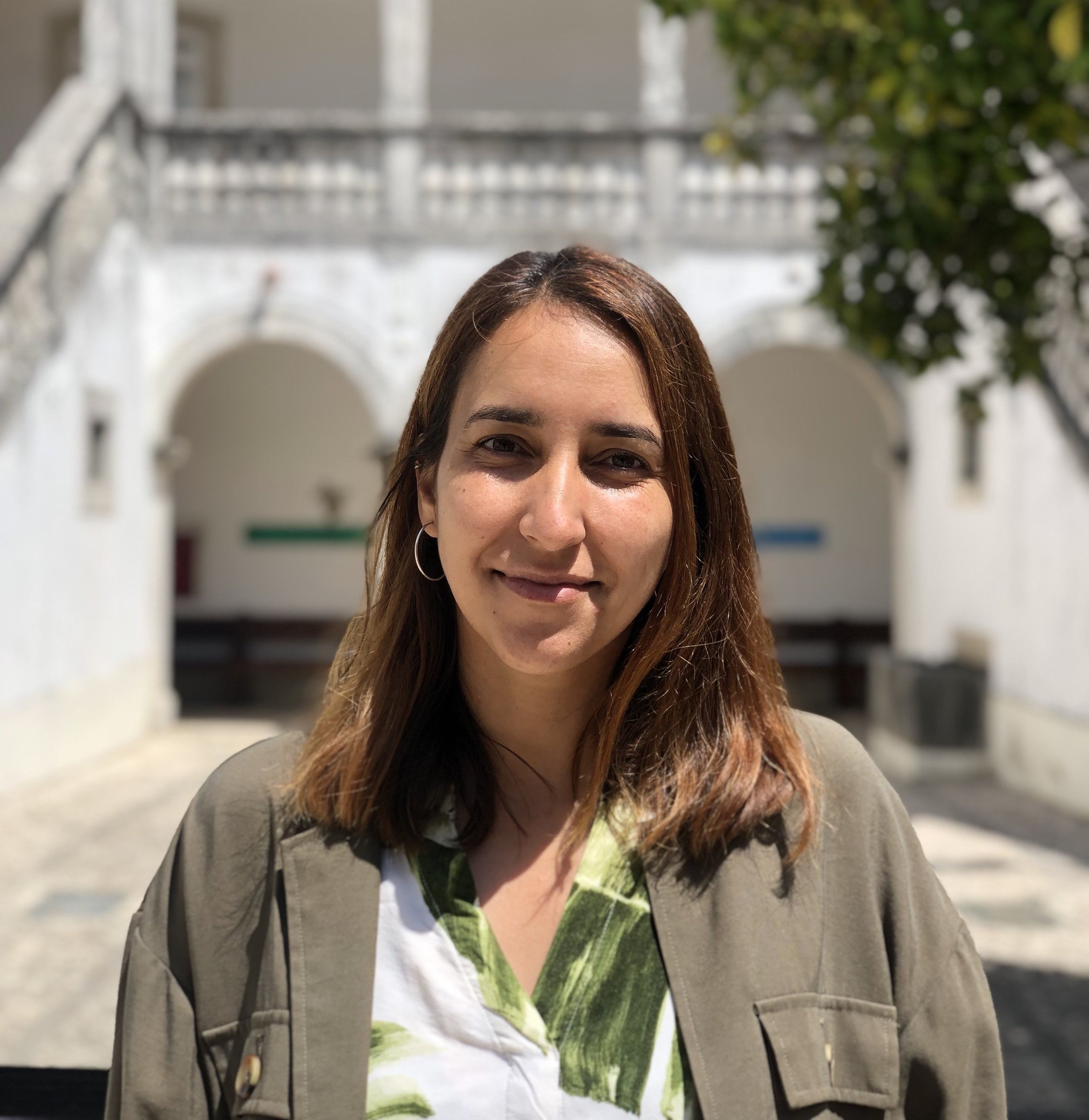
Filipa Rijo-Ferreira. Ph.D.
University of California, Berkeley
Uncovering the Circadian Clock of Malaria Parasites
How do parasites keep track of time to bring about intermittent fevers during malaria infection?
Scout note:
"The biology in Dr. Rijo-Ferreira's project focuses not on the internal clock of the host, but rather the clock of the parasite that causes malaria. This approach of thinking about it from the perspective of the pathogen is what is really exciting. This project has potential to inform new approaches to the treatment or eradication of malaria."
— Coleen Murphy, Ph.D.
-
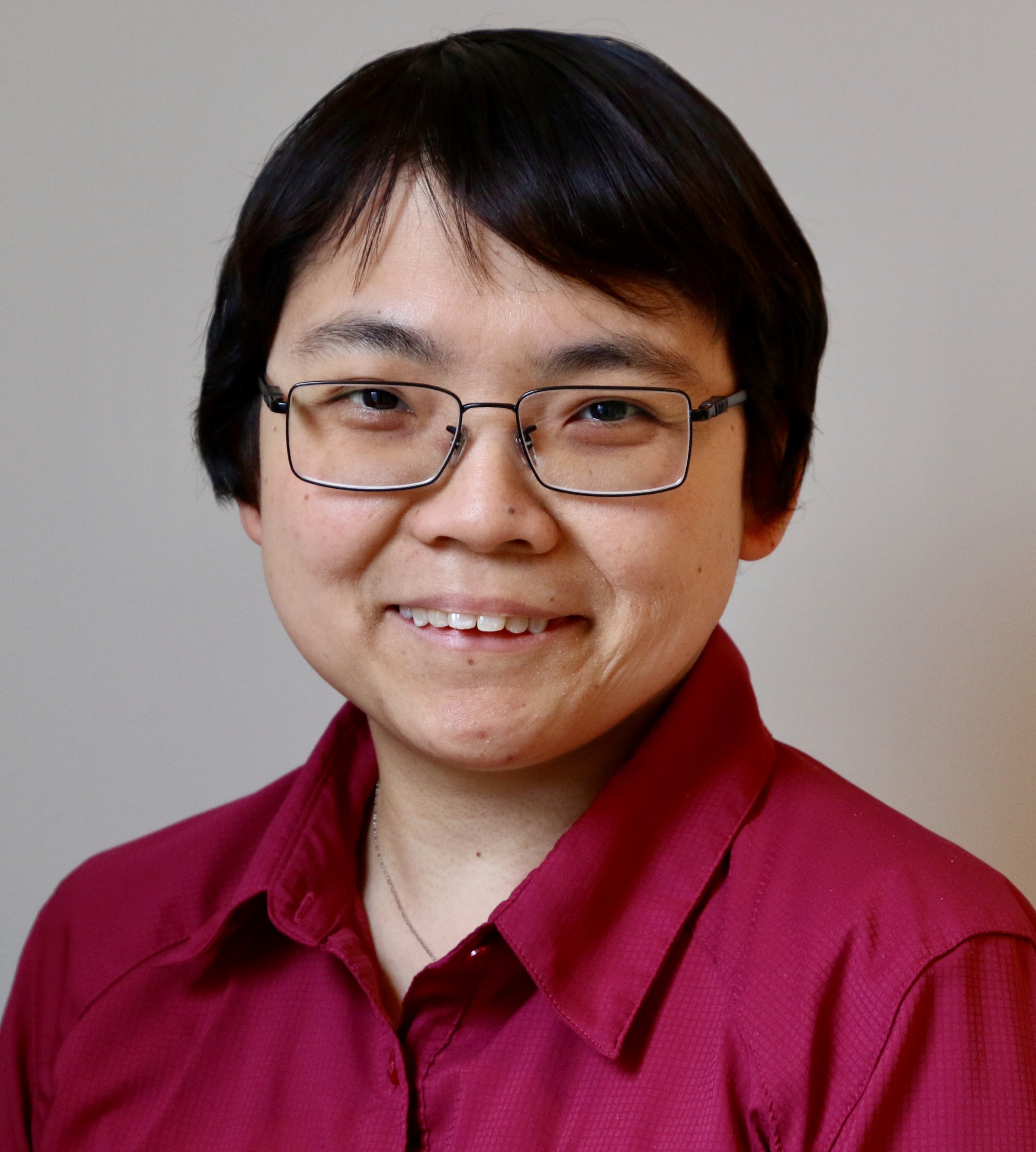
Shumin Tan, Ph.D.
Tufts University
Spatio-temporal understanding of Mycobacterium tuberculosis host adaptation: Illuminating the bacterial perspective
How do individual Mycobacterium tuberculosis cells respond spatiotemporally to changes in the host microenvironment to influence infection outcome?
Scout note:
“Dr. Tan’s project boldly attempts to apply a new method to gain insight into how Mycobacterium tuberculosis (Mtb) survives in the host. Her work may lead to major advances in our understanding of what Mtb metabolic heterogeneity looks like, literally and figuratively, in infections. This project has the right mix of risk and reward, and has the potential to be highly impactful, not only for the Mtb community but for the field of host-microbe interactions more broadly.”
— Dianne Newman, Ph.D.
-
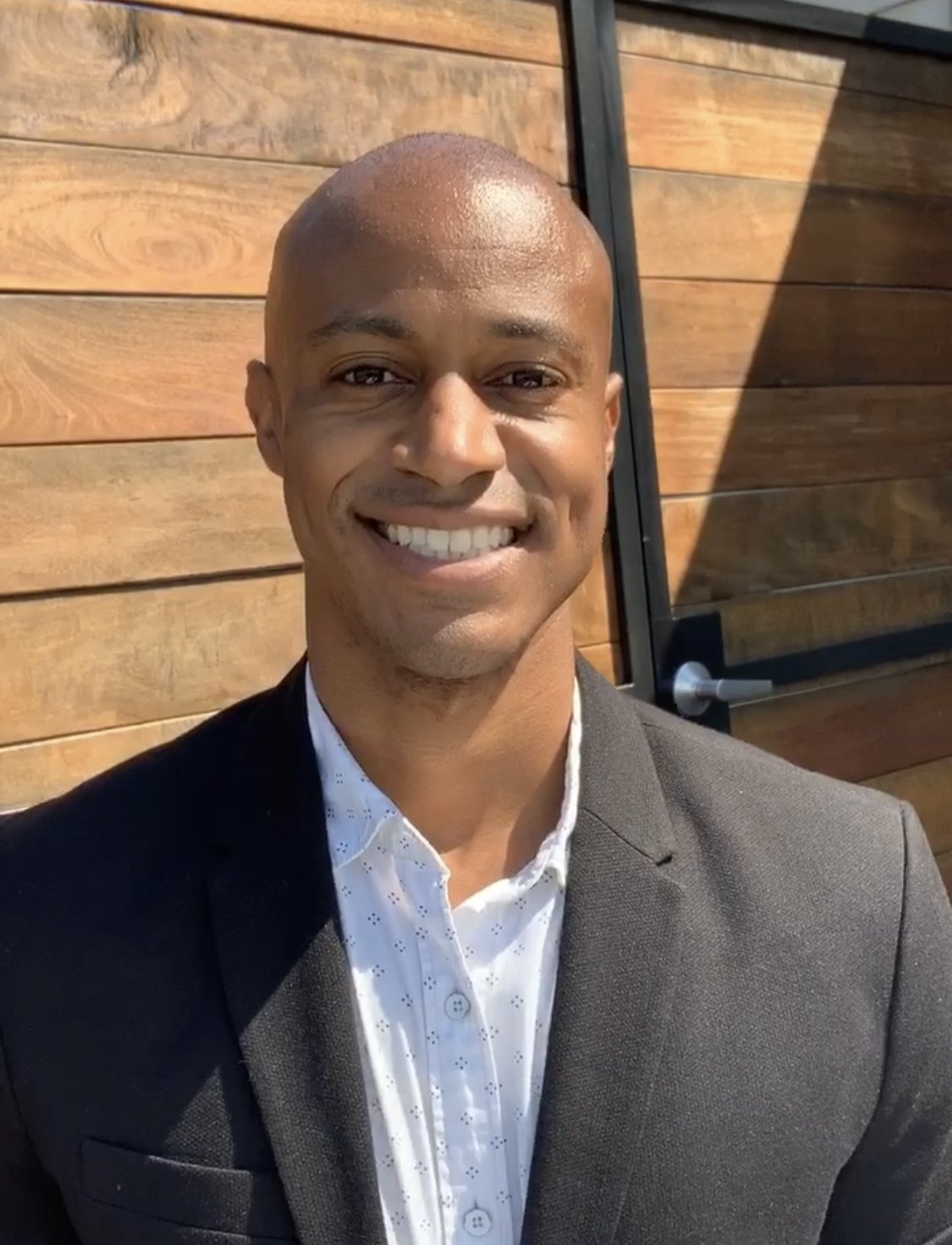
Kyle Daniels, Ph.D.
Stanford Medicine
Integrated Control of Gene Expression and Cell Signaling to Guide Cell Differentiation
Can machine learning predict synthetic biology solutions that guide cell differentiation of medically relevant cell types?
Scout note:
“Dr. Daniels' project uses a combination of approaches to guide cell differentiation. This project is not only exciting from a technical standpoint, but it also has potential to develop synthetic cell types that may have powerful therapeutic capabilities.”
— Coleen Murphy, Ph.D.
-
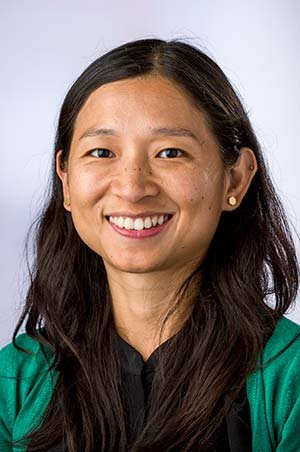
Leslie Goo, P.h.D., M.P.H.
Fred Hutchinson Cancer Center
Unlocking the ‘black box’ of antibody-dependent enhancement of dengue virus infection
Why do antibody responses go awry and enhance (instead of inhibit) infection by some viruses - such as dengue virus- to contribute to worsening disease, and what is the mechanism behind this perilous effect?
Scout note:
“Mechanisms underlying antibody-dependent enhancement remain mysterious beyond a rudimentary understanding. By deploying powerful, clever genome-wide approaches, this project is likely to lead to a complete understanding of this mysterious process, which will have a major positive impact on basic understanding of this phenomenon and public health acceptance of vaccines.”
— Harmit Malik, Ph.D.
-

Steven Banik, Ph.D.
Stanford University
Enzymatic Manipulation of Endosomal Membranes for Bypassing Biological Barriers
How can enzymes enable bypass of biological membranes to transport proteins to the cytoplasm?
Scout note:
“Dr. Banik’s project is the first I have seen that exploits naturally occurring biological mechanisms to transport proteins into cells. I have not seen an idea that is so creative and yet rational - it is based on the fundamental pathways viruses use to reach the cytosol. It’s extremely powerful, extremely risky, and if it works, it’ll be a major breakthrough.”
— Yamuna Krishnan, Ph.D.
-

John F. Brooks II, Ph.D.
Princeton University
Impact of rhythmic antimicrobial protein production on the structure and function of the microbiome
How does the circadian clock influence the structure and function of the gut microbiome?
Scout note:
“Dr. Brooks’ project is the first step in determining how rhythms in microbial functions may be engendered and might lead to a better understanding of how these rhythms in the microbiome influence overall health and fitness. This project addresses a fundamental but less-explored area that may have far-reaching implications for health.”
— Coleen Murphy, Ph.D.
-
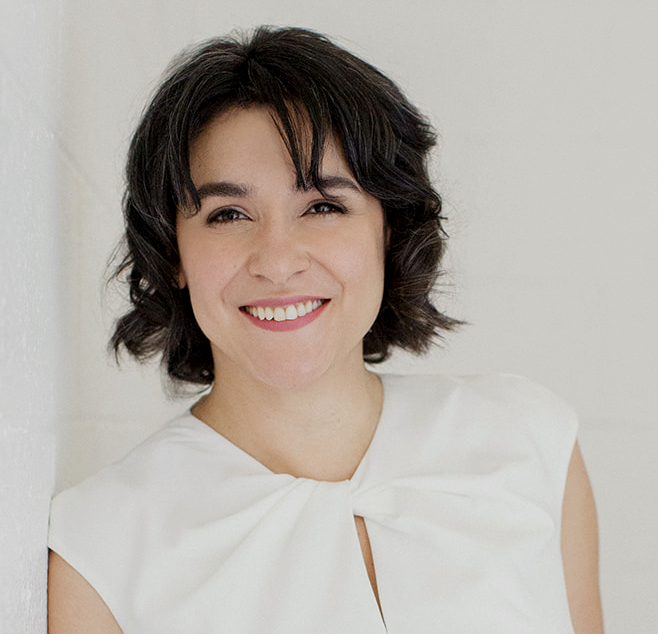
Betül Kaçar, Ph.D.
University of Wisconsin-Madison
Rebuilding Life’s Ancient Innovations
How did Earth's earliest organisms adapt to changing climate and how did key enzymes that allow them to remove CO2 and nitrogen from the atmosphere evolve over billions of years?
Scout note:
“Perhaps no other problem poses as severe a risk to the health of people and the planet as climate change. This project uses an ancient protein reconstruction to address how planetary changes in oxygen and nitrogen conditions shaped two of the most important enzymes in photosynthesis and nitrogen fixation. This is innovative, ambitious, and daring science.”
— Harmit Malik, Ph.D.
-

Mohamed El-Brolosy, Ph.D.
Harvard Society of Fellows &
Visiting Scientist, Whitehead InstituteIdentifying a new mode of enhancing gene expression through transcriptional adaptation
How do innate cellular robustness machineries - including the process of transcriptional adaptation - influence the landscape of genetic disease?
Scout note:
“Dr. El-Brolosy’s project explores the fundamental mediators of a key, yet untapped, gene expression adaptation process that may enable therapeutic breakthroughs in genetic disease research. This project has potential to make vast impact; it is catalytic and foundational such that, if successful, it will yield important technologies over time in rare diseases, cancer research, and other genetic diseases.”
— Mireille Kamariza, Ph.D.
-
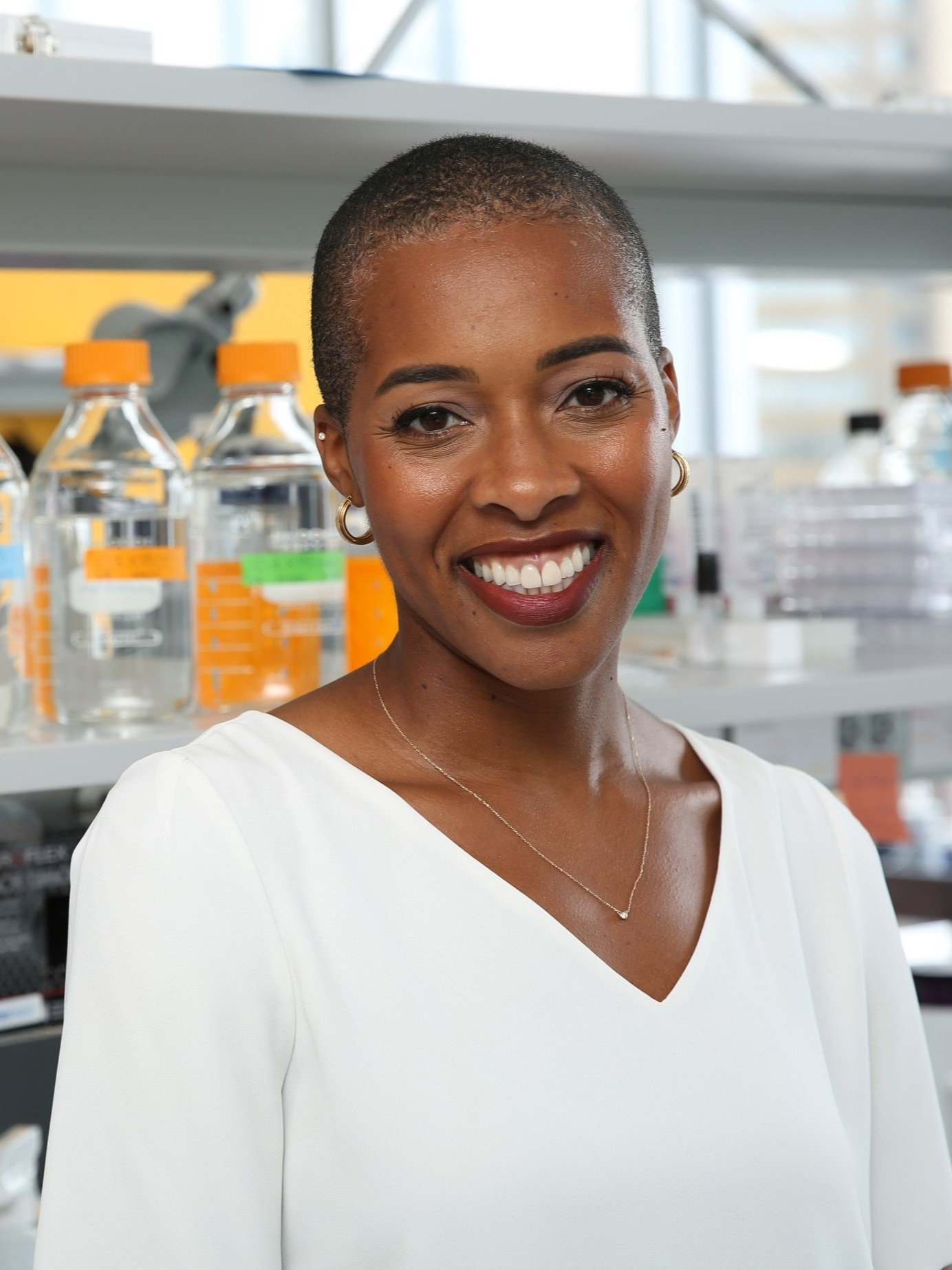
Bianca Jones Marlin, Ph.D.
Columbia University
Olfactory Sensory Experiences Impart Susceptibility to Anxiety via Transgenerational Epigenetic Inheritance
How can fear memories or traumatic experiences be inherited across generations? What is the neurological / cellular mechanism underlying this phenomenon?
Scout note:
“This project is stunningly bold and challenges the way we think about innate fear and memory in general. In addition to rewriting textbooks, and reestablishing our foundational knowledge of neuroscience and genetics, this project can change our understanding of psychology, of our sociocultural backgrounds, of what provides individual variability and has powerful implications on evolution.”
— Kay Tye, Ph.D.
-
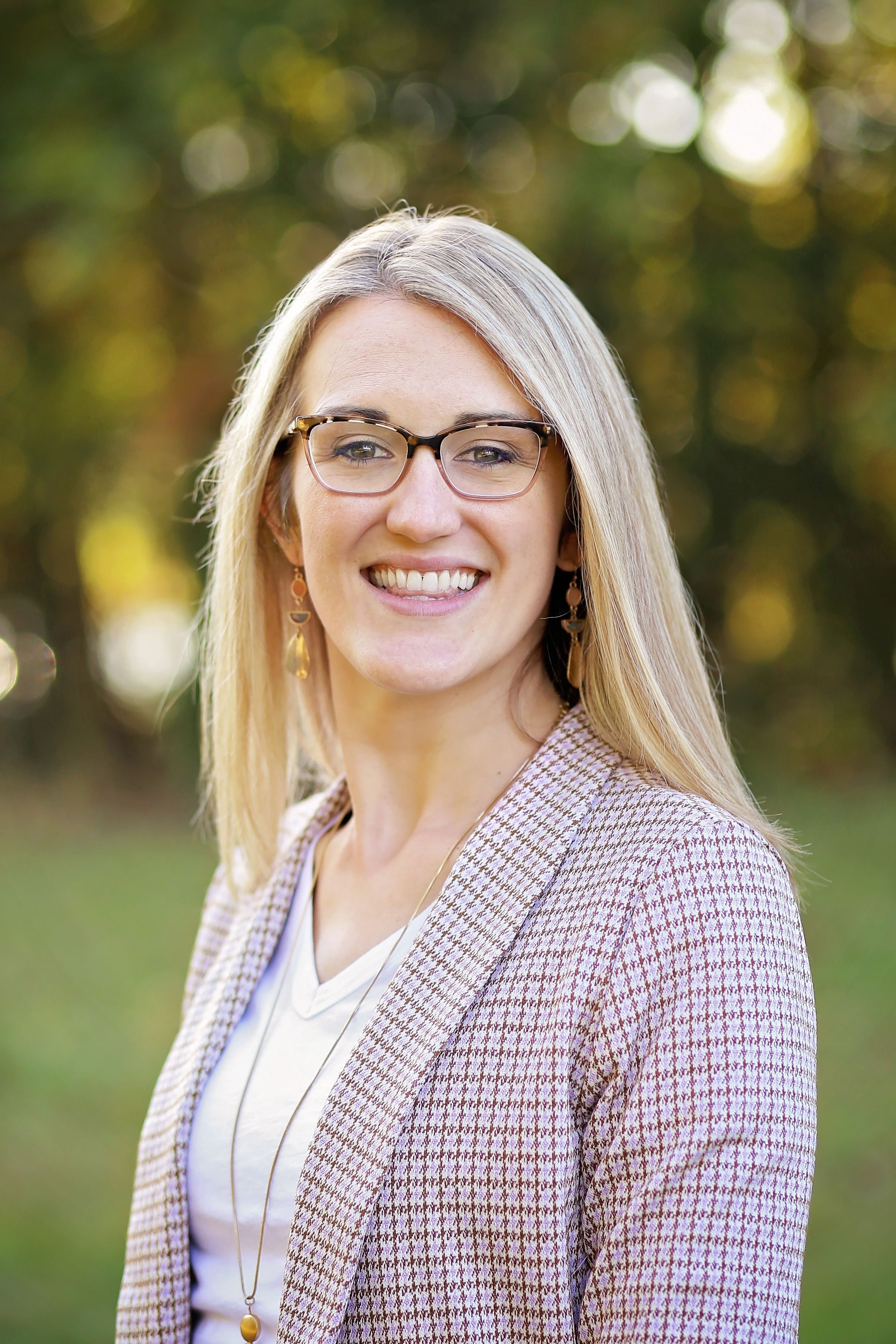
Stephanie Langel, Ph.D.
Case Western Reserve University
Antibodies in the air: Defining the kinematics of aerosolized antibodies and their impact on SARS-CoV-2 transmission
How do antibodies behave when aerosolized (a sneeze! a breath!) and how does that affect the transmissibility of a virus such as SARS-CoV-2?
Scout note:
“Dr. Stephanie Langel will investigate a novel concept of vaccine-induced antibodies limiting aerosolized viral transmission. The results of this project will open an emerging area of study in respiratory virus biology and vaccinology, with potential to impact the way we evaluate effectiveness of vaccines.”
— Wilton Williams, Ph.D.
-
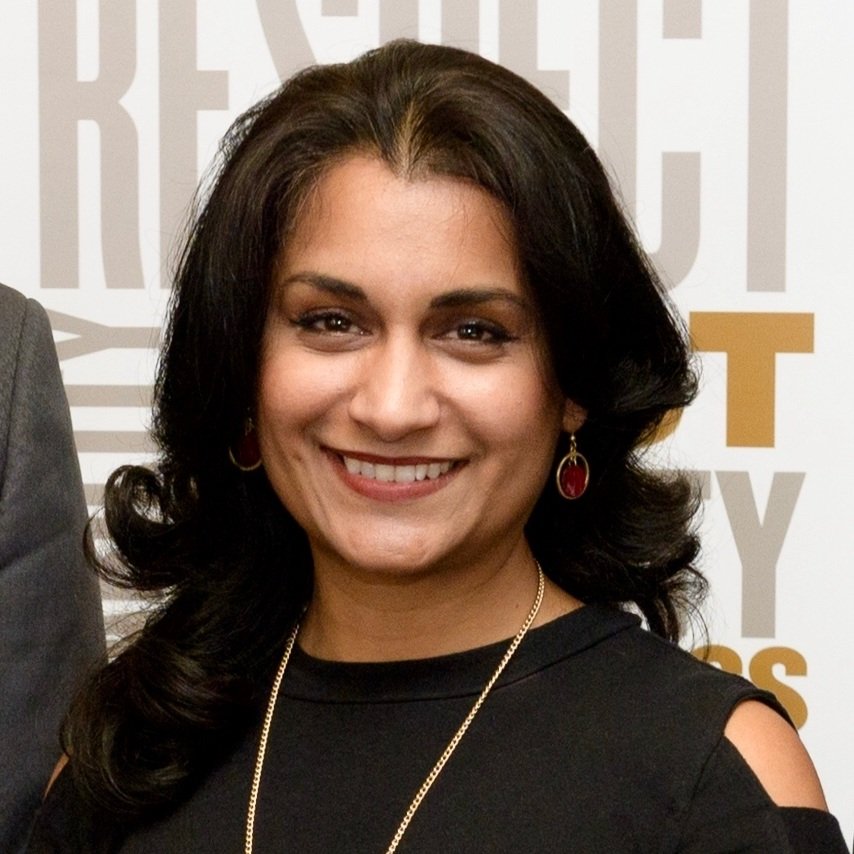
Seema Mattoo, Ph.D.
Purdue University
Understanding Fic-mediated GMPylation as a Post-Translational Modification in Cell Signaling
What is the biological significance of a previously unrecognized post-translational modification, and how might it influence host-pathogen interactions?
Scout note:
“Dr. Mattoo proposes a project that is at a pivotal stage; she has the potential to open a new area of research, with implications ranging from our fundamental understanding of cellular physiology to infectious disease in humans.”
— Joseph Mougous, Ph.D.
-
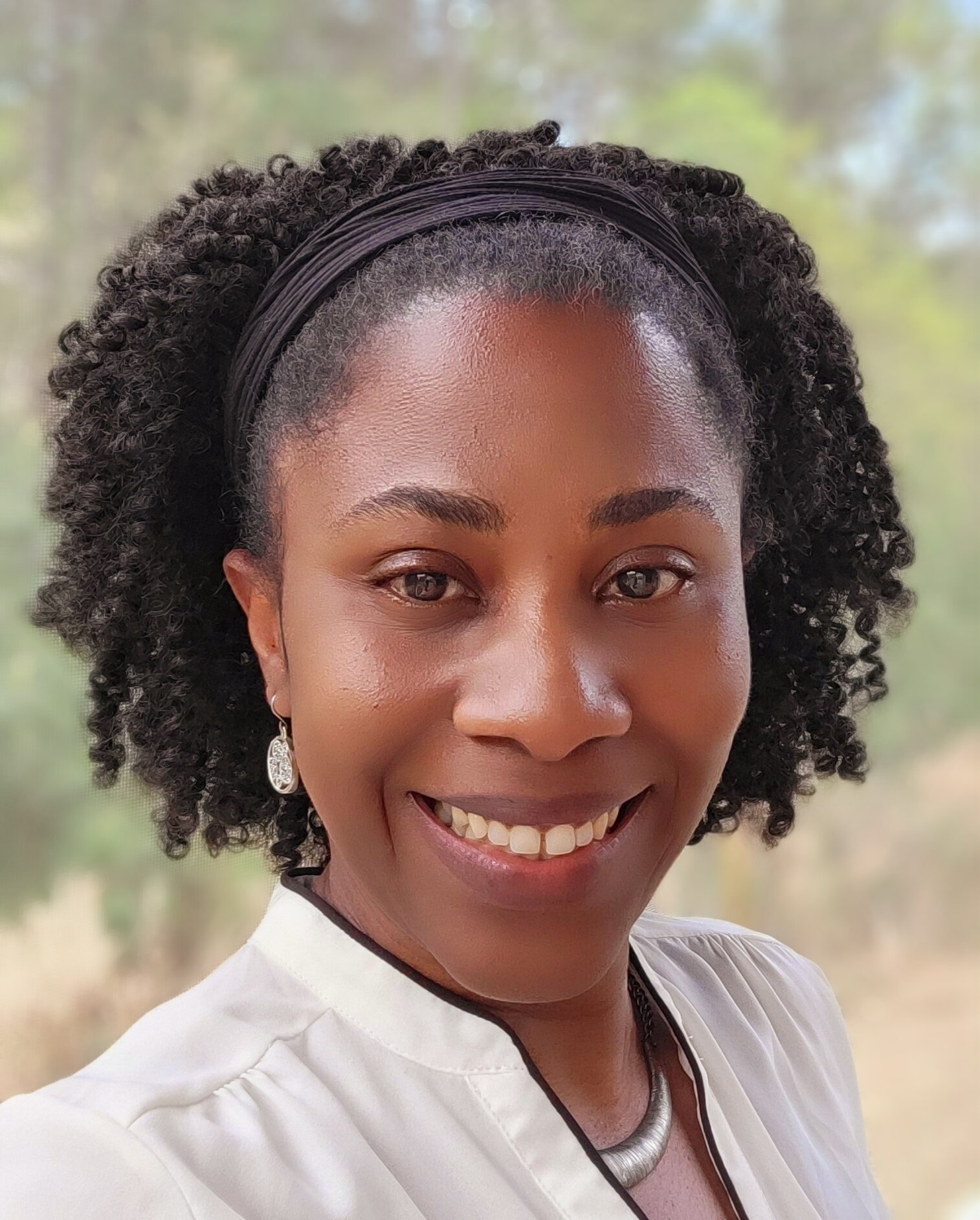
Keriayn Smith, Ph.D.
University of North Carolina
Not Junk: Noncoding RNAs as Determinants of Cell Identity
What are the functions of the significant portions of the genome that produce “long noncoding RNAs,” and what roles might they play in cellular processes or disease?
Scout note:
“This project tests the bold idea that long non-coding RNA have essential functions in spite of their low-expressed levels. Doing the careful work to link function with lncRNAs will spur more characterizations, large collaborations, more data to be curated, and potentially generate entirely new insights from the hundreds of thousands of RNA ‘omics datasets that are in the public space.”
— Karmella Haynes, Ph.D.
-
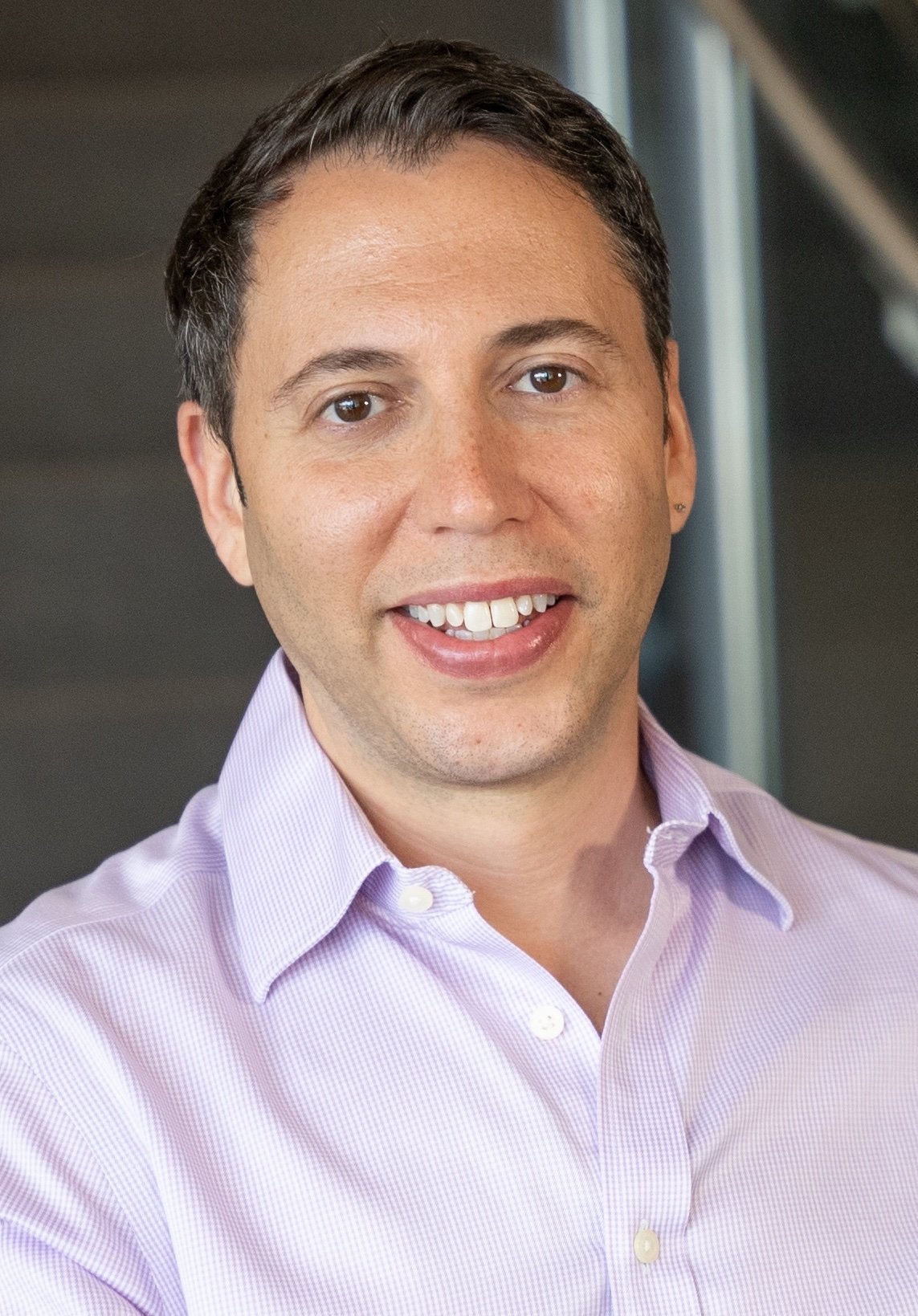
Eviatar Yemini, Ph.D.
UMass Chan Medical School
Evolutionary changes in behavioral circuits: Comparing whole nervous systems across 15 million years of ecological adaptation
How do nervous systems evolve over millions of years in response to changing climates and ecologies?
Scout note:
“Dr. Yemini’s project seeks to understand how neuronal circuits have evolved, how development shapes these circuits, and how these circuits respond to dramatically different ecology and stimuli in the context of living, developing, and adapting organisms. This project is highly innovative and opens a new frontier into the field of evolutionary neurodevelopment.”
— Harmit Malik, Ph.D.
